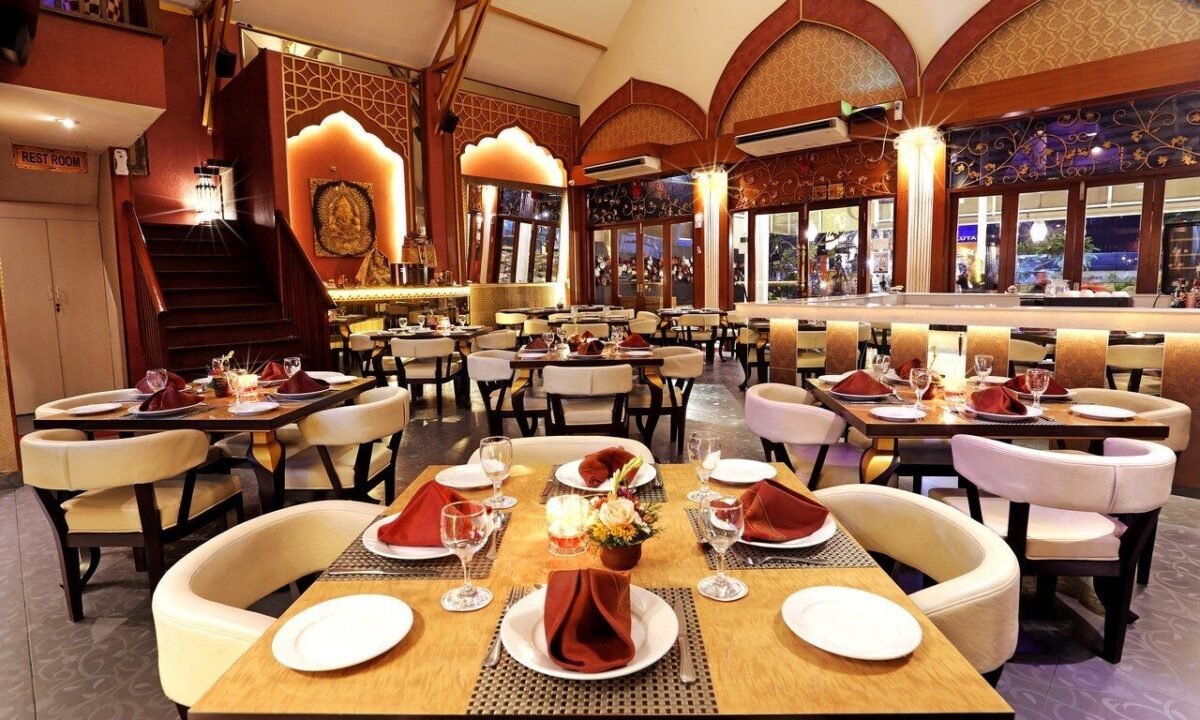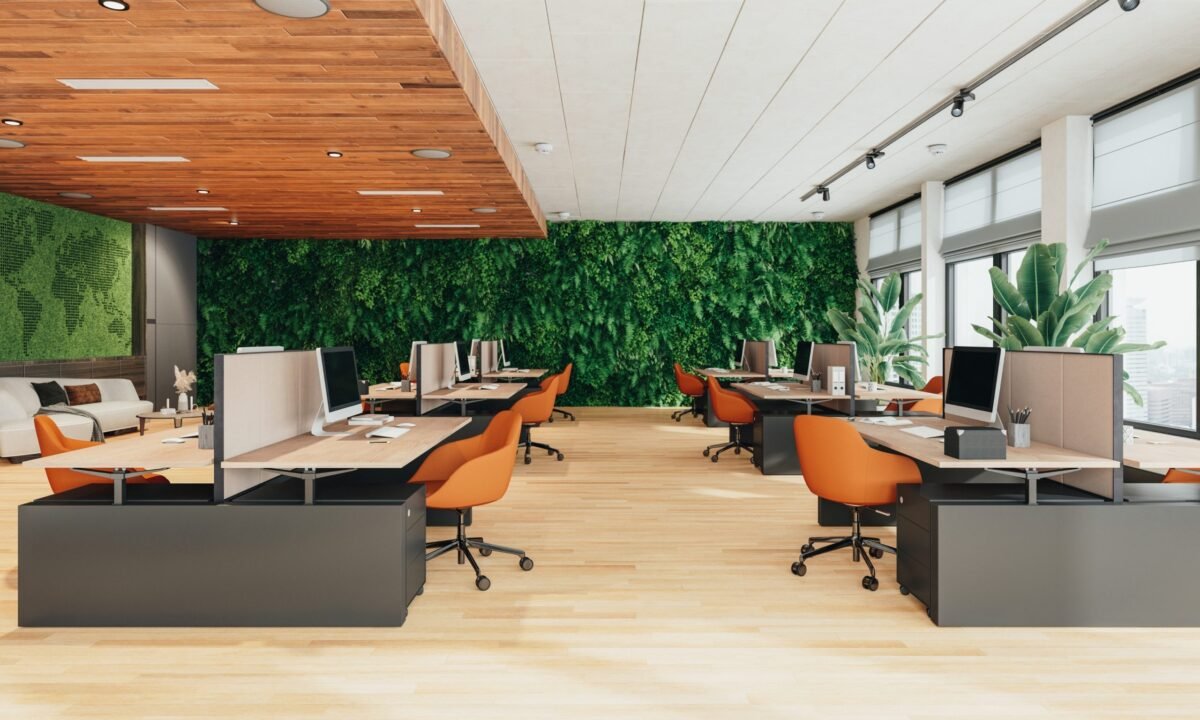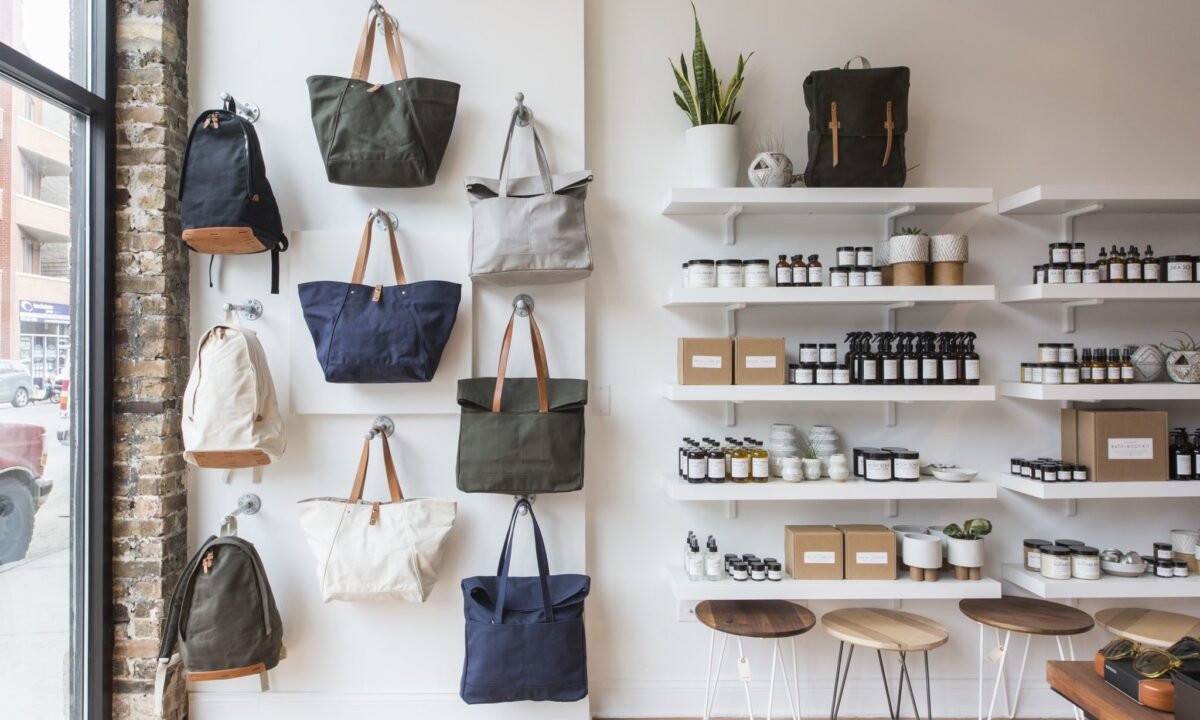Designing the interior of a café or restaurant involves more than just aesthetics; it requires a blend of visual appeal and functionality that enhances the dining experience while meeting operational needs. A well-designed space can attract more customers and make dining a memorable experience. Here are some key ideas for creating inviting and functional designs in dining establishments.
Balancing Ambiance and Layout
The overall ambiance of a café or restaurant sets the tone for customers’ dining experience. Warm, inviting colors, comfortable seating, and thoughtful decor can make the space welcoming. However, it’s equally important to have a practical layout that allows for smooth operations and customer flow. Ensuring there is ample space between tables and that the layout facilitates easy movement for both staff and patrons is crucial.
Lighting: Setting the Mood
Lighting is a powerful tool in interior design, especially in dining settings. It can be used to highlight architectural features, illuminate focal points, or create intimacy. Soft, warm lighting can make a space feel cozy and relaxed, while brighter lights are ideal for fast-paced environments like cafés. Consider the purpose of your space and choose lighting that enhances the mood you want to convey.
Furniture: Comfort Meets Style
Selecting the right furniture is vital for any dining establishment. The furniture should not only match the theme and style of the interior but also offer comfort to ensure guests enjoy their stay. Ergonomically designed chairs and appropriately sized tables that accommodate dining needs without crowding the space are essential choices.
Materials and Finishes: Durability Meets Design
The materials and finishes used in a restaurant or café need to be durable to withstand high traffic and frequent cleaning. However, they should also contribute to the aesthetic appeal of the space. Using high-quality materials like stone, wood, or leather can add character and warmth to the space while ensuring longevity.
Acoustics: Enhancing Dining Comfort
Good acoustics are crucial in a dining environment, as noise levels can significantly affect the atmosphere and customer satisfaction. Materials that absorb sound, strategic placement of acoustic panels, and thoughtful layout design can help manage noise levels, ensuring that patrons can enjoy conversations without strain.
Thematic Consistency
For restaurants and cafés, having a consistent theme helps create a memorable and cohesive experience. Whether it’s a modern, rustic, or vintage theme, the design elements from the furniture and color palette to the wall decor and lighting should align with the theme to enhance the dining experience.
Conclusion
At Urban Canvas Design Studio, we excel in designing café and restaurant spaces that are not only visually appealing but also function seamlessly. We understand that the success of dining establishments relies heavily on their atmosphere and functionality, and our designs aim to optimize both.
Are you looking to elevate your café or restaurant with a design that attracts and delights your customers? Fill out the form below to contact Urban Canvas Design Studio. Let us help you create a space that perfectly blends style, comfort, and functionality. For more information or to book a consultation, contact Urban Canvas at +91 81001 12900 or hello@ucmail.in




